In the extreme south of the Eastern Desert, specifically within the eastern a part of the Halayeb Triangle and Shalateen, and on a vicinity of more than 35 thousand square kilometers, one in all the foremost beautiful natural reserves in Egypt is found, for its land history blends with nature with wild, marine and cultural life, to make a wild painting unparalleled in Egypt.
The “canister of nature reserve”, which was declared as a nature reserve in 1986, thanks to its rare diversity in one area, where there are about 23 species of untamed animals on its soil, many of which are considered endangered, like deer, camels, teatles, Barbary sheep, Nubian ibex The leopard and also the wildcat are the African tiger, additionally to 40 species of reptiles, and quite 173 species of migratory birds fly over its sky, on top of its list the African eagle.
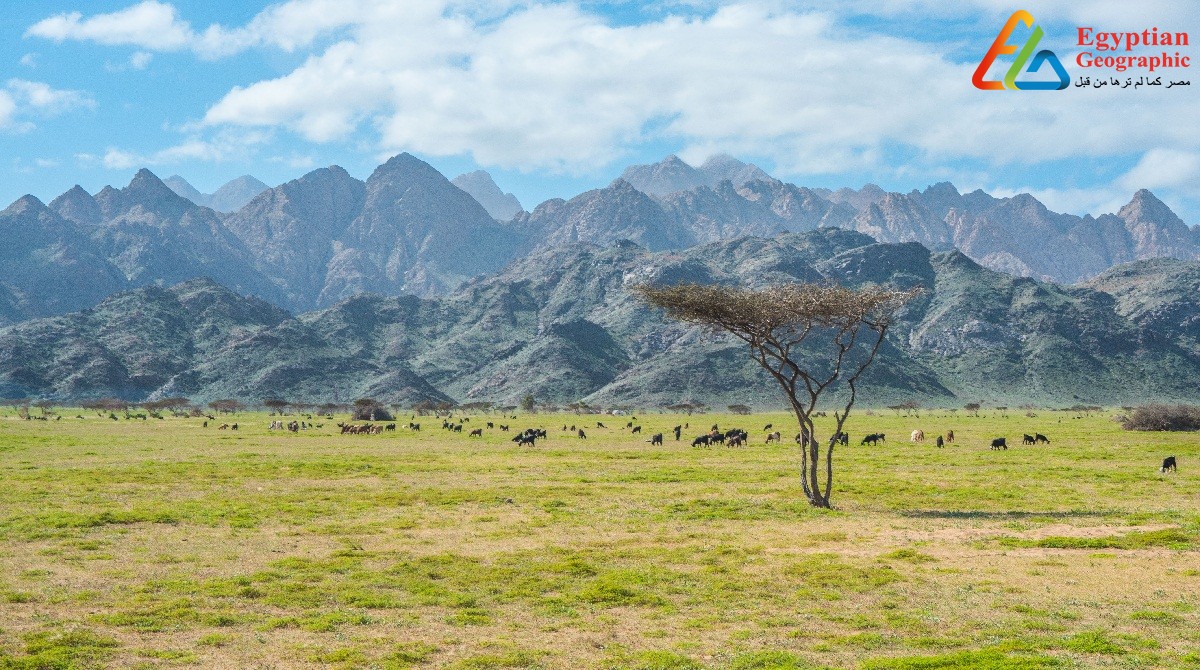
The most important characteristic of the Jebel Elba Reserve is that the marine nature, which extends longitudinally on the shore of the Red Sea, with a width ranging between 15 km and 25 km, so there are an outsized number of marine invertebrates within the waters of the Red Sea, and approximately 123 styles of coral reefs Soft and hard, and five species of sea turtles, the for emost important of which are sea turtle, and Olive ridley sea turtle, sea turtle, Green sea turtle, Hawksbill sea turtle, Loggerhead sea turtle, Two styles of mangroves, Rhizophora mucronata and Avicennia marina, grow within that environment. They’re concentrated in ten main locations.
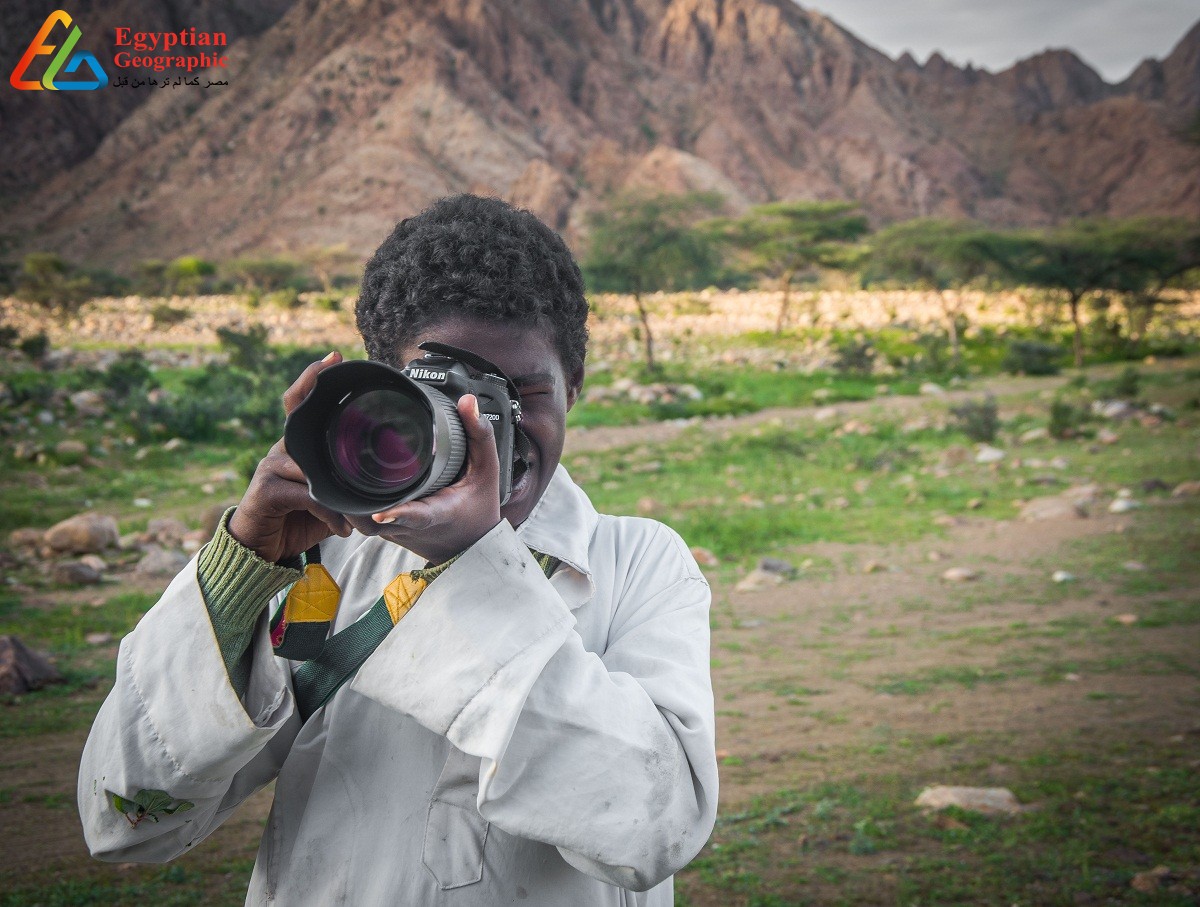
As for the plant diversity, its mountain ranges have many springs and freshwater wells, additionally to the rains that collapse at the top of every year, Therefore, the Jabal Elba Protected Area contains dozens of economic plants, where the amount reaches nearly 350 species of plants, representing 14% From the Egyptian Flora, which created many plant species of economic importance, like siyal, samar, tithe, loan, faucus, fog, mait, larch, gazelle, muker, hawk, jatia, partridge, Gaultheria procumbens, sugar mussel, bitter melon, Cactus.
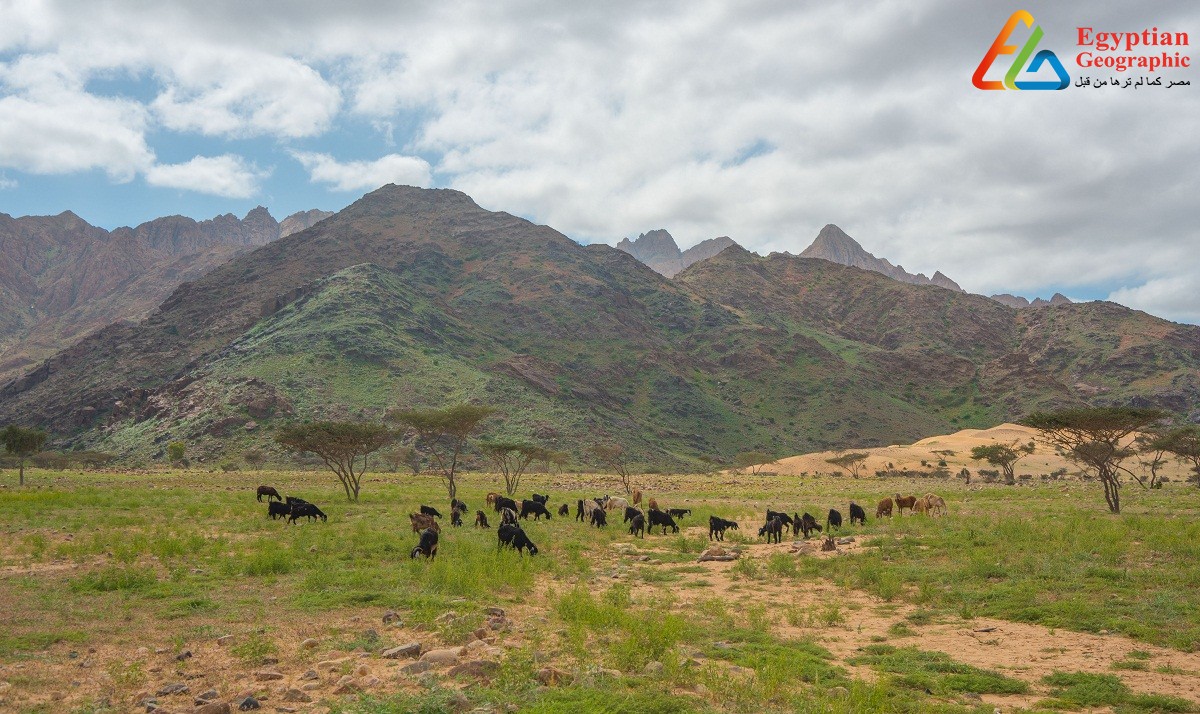
Jabal Elba protectorate consists of three sectors, the primary is termed "Abraq", and it's distinguished by its historical significance, Many pharaonic monuments and Roman and Islamic castles are found, and lots of valleys that are crammed with medicinal plants are spread in it, among them the valleys of Iraq, Aikat, Jahiliya, the Amrit, Qumbit And Abu Saaf, because it could be a fertile pasture for several wild animals like the celery, deer and lint, and lots of tribal residents sleep in it, because it's some water resources from the eyes and fresh wells that carry on them, additionally to the presence of a palm oasis within the region since history.
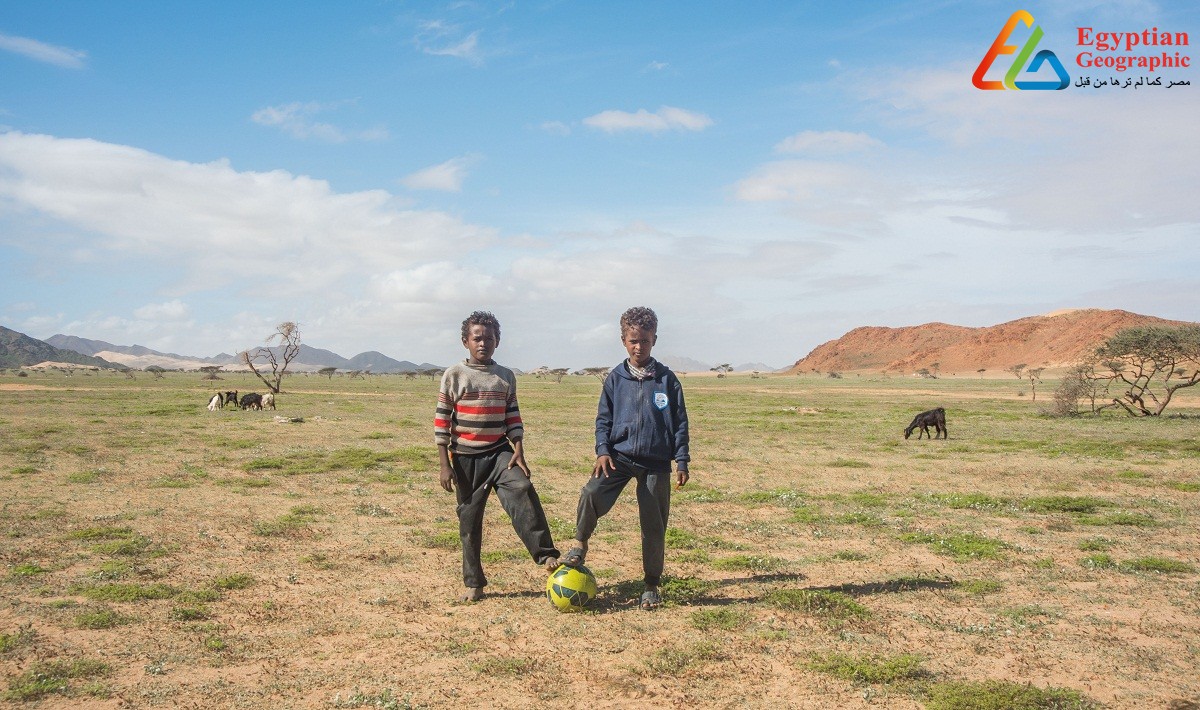
as for the second area, it's called "Al-Dheeb", which could be a wide waterway, extending for a length of over 100 kilometers south of Sudan, where it penetrates the Egyptian-Sudanese borders, within the western region of the Silba mountain ranges, and it runs within the north until it empties into the sea, and is taken into account it's the foremost exotic soil of it, because it could be a mixture between sandy and sandy clay soils, such a big amount of plants grow, especially annuals.

he last region, called "Elba", could be a mountain chain facing the eastern coast of the sea, during which 350 species of various plants grow, which The green areas are unique over the peaks of the Elba Mountains and their slopes until they penetrate the valleys, whether or not they are permanent or annual plants, the foremost important of which are the Nabat trees, and that they are distinctive trees that aren't found except in Jabal Elba, and that they are green flesh trees up to six meters long.
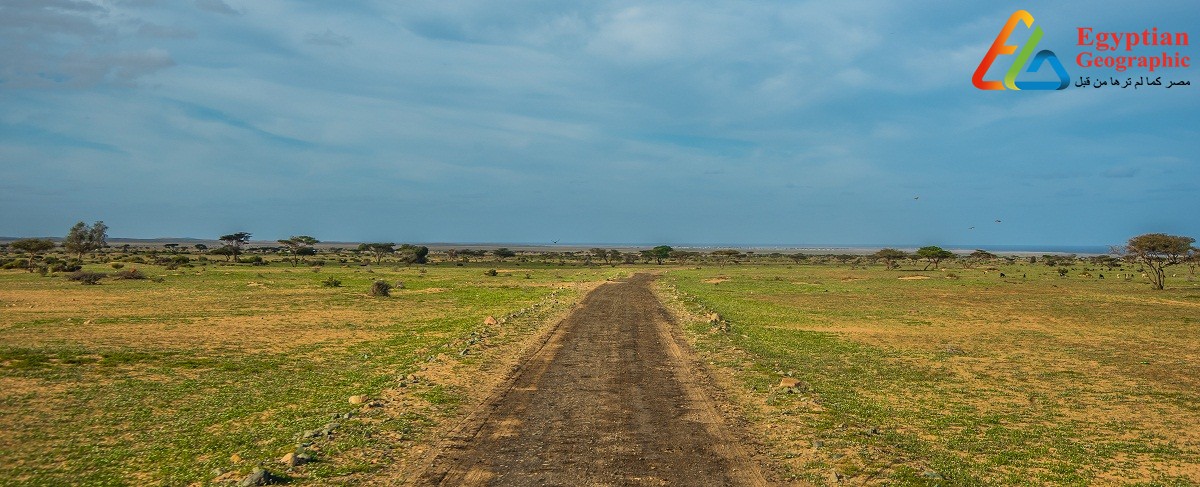
As for the residents of Jabal Elba, three tribes board them, among which they form an integral a part of the local environment, and that they are the tribe of the Bashari descendants of Hamitic origins, Rashaida, whose origins are traced back to the peninsula, and which inhabits the terra firma, and present their distinct customs and traditions that are unique thereto region, especially with relevance the trades they practice and which suit the environment during which they live, like grazing their camels, and also the production of charcoal from dry trees, this is often called charcoal, and also the hunting that enters their food, additionally to interchange everything associated with the assembly of the region and a few handicrafts like textiles.

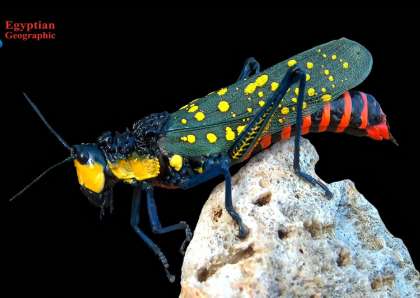
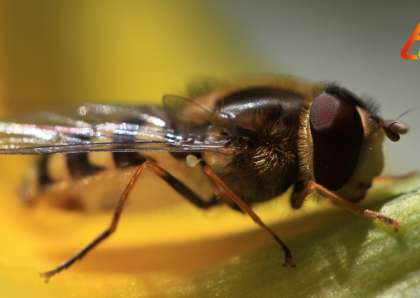
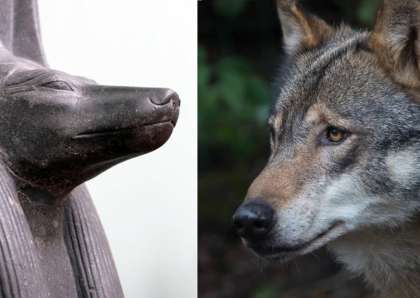

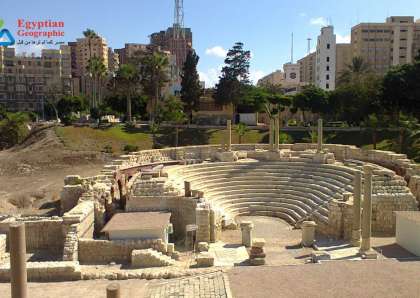
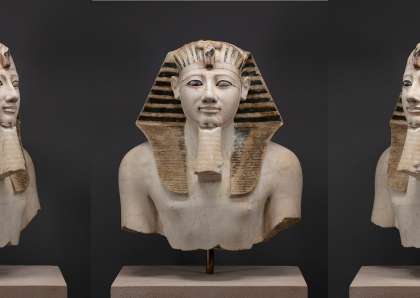
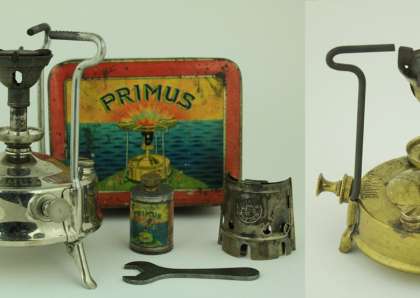

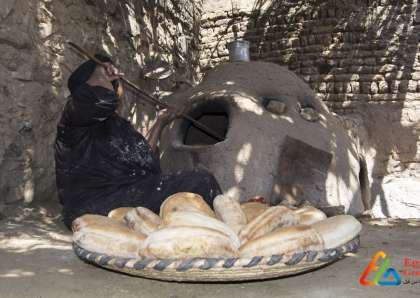
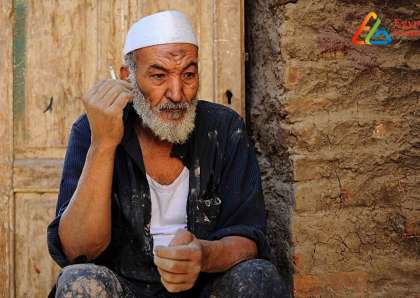
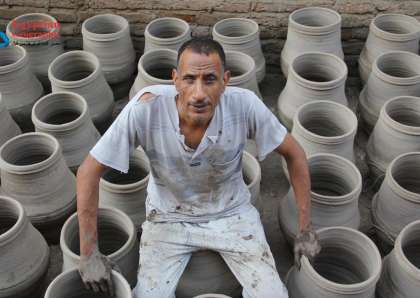
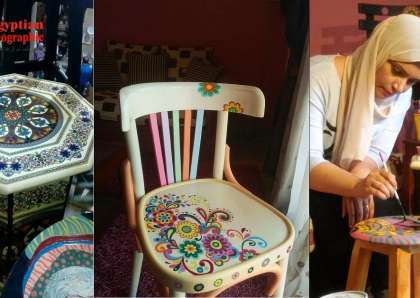
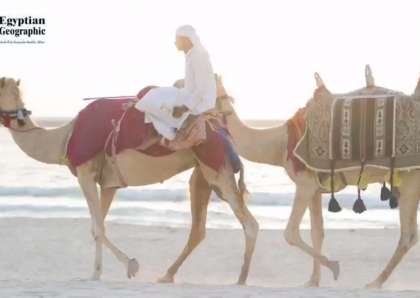
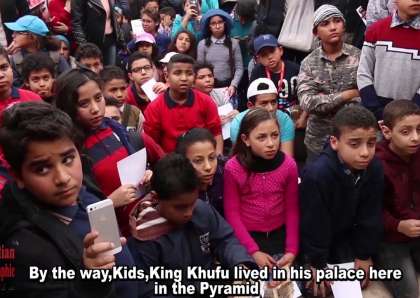

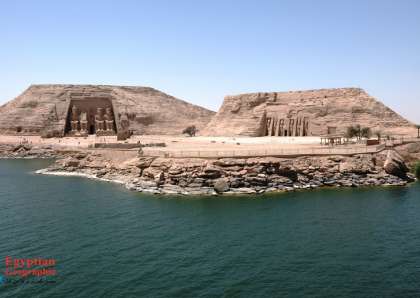
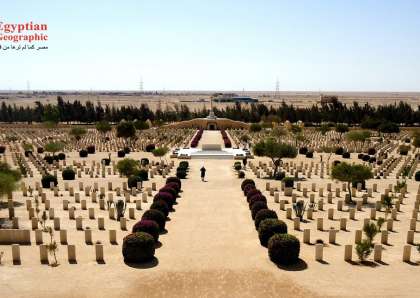
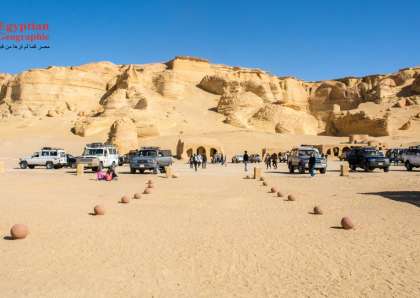

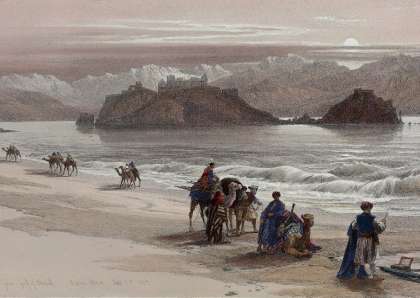


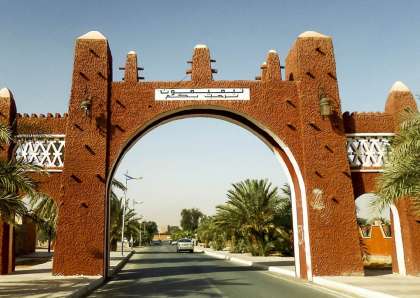
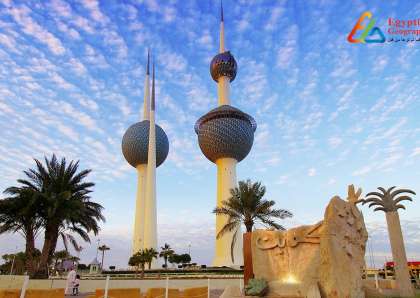
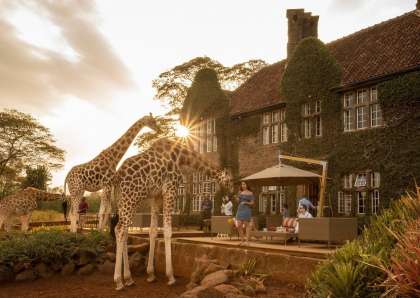
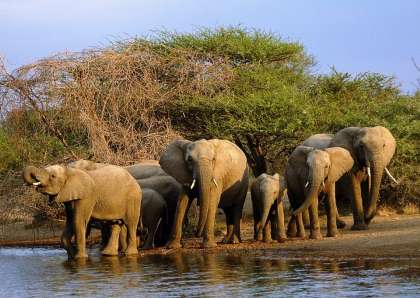
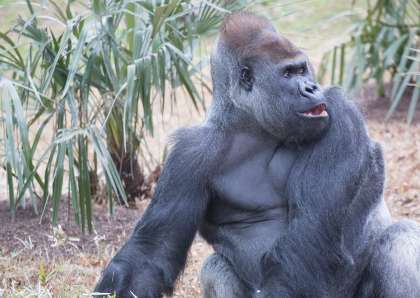
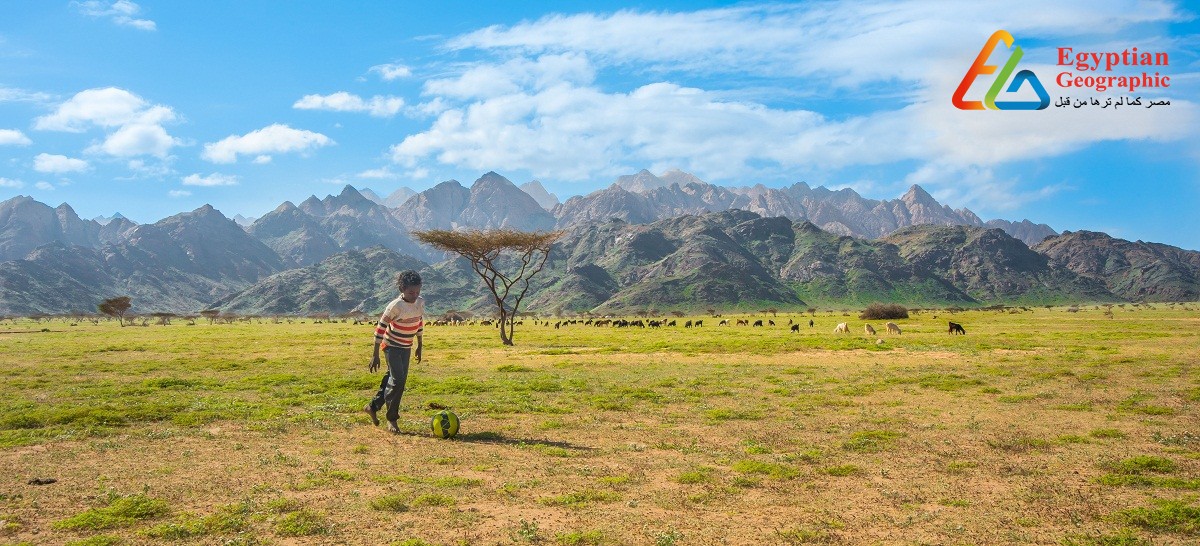







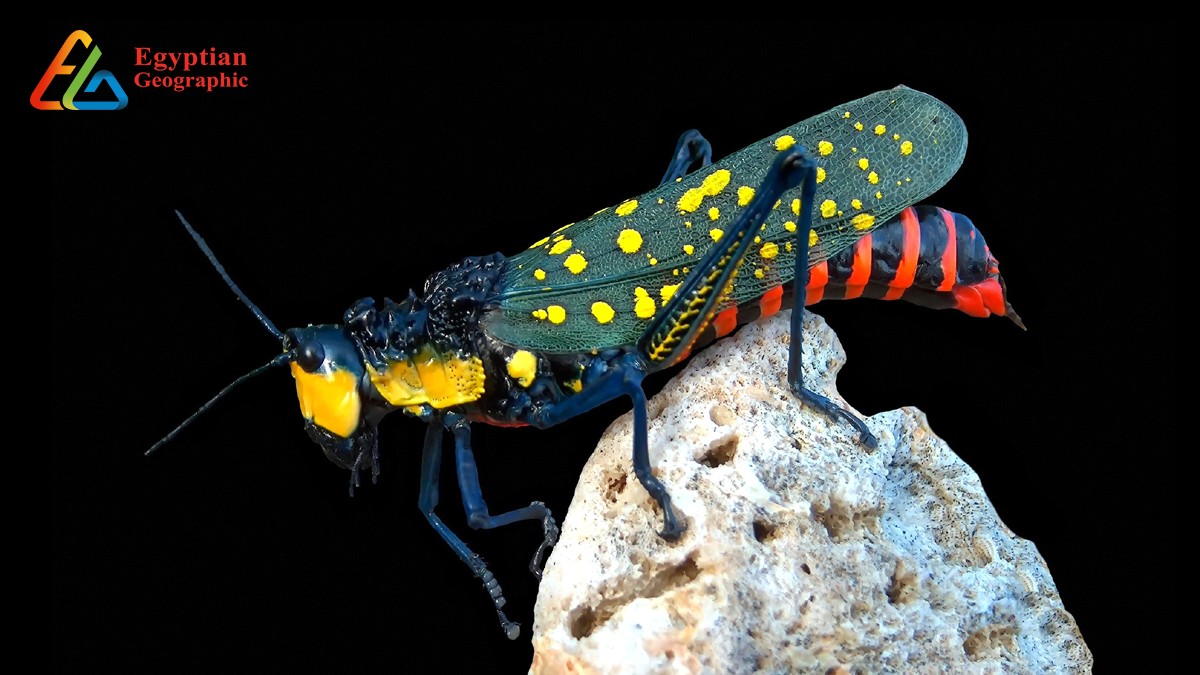
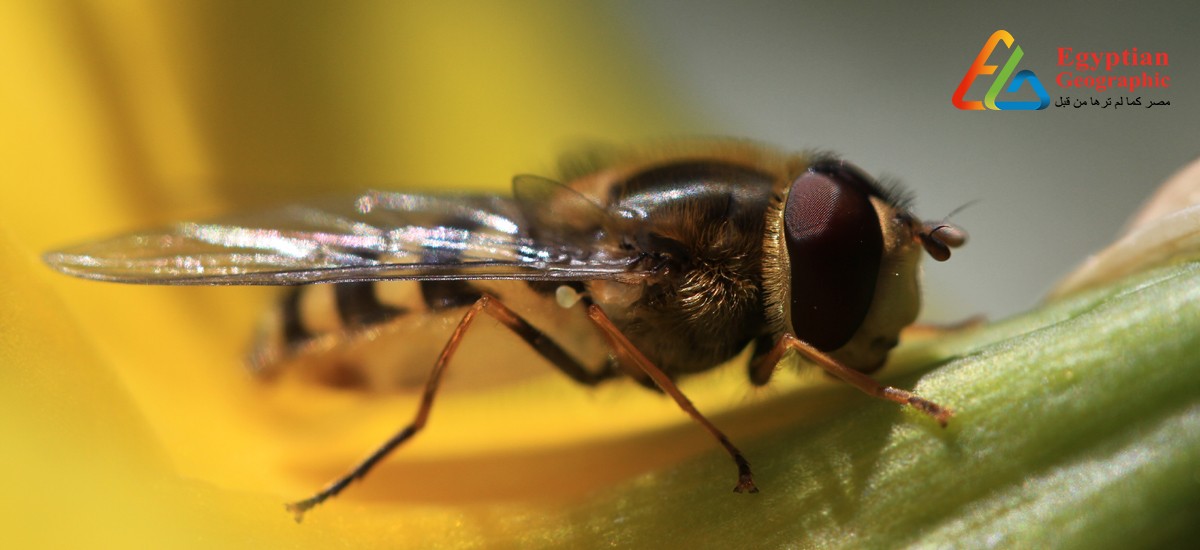



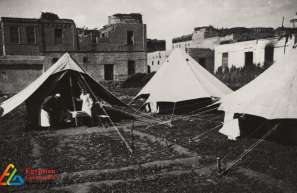
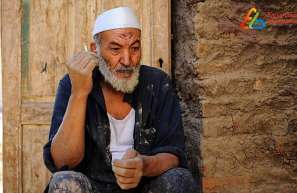
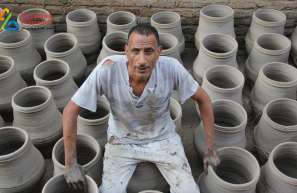

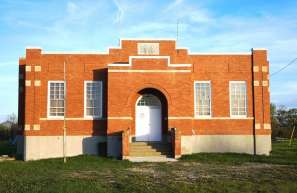
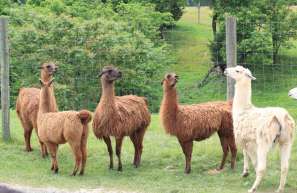


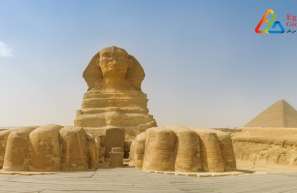


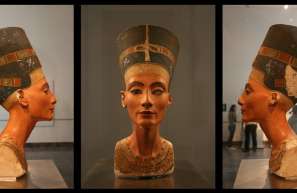

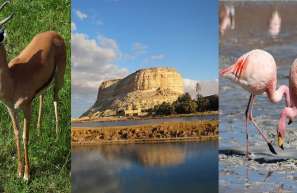
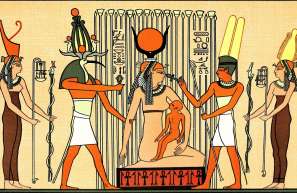









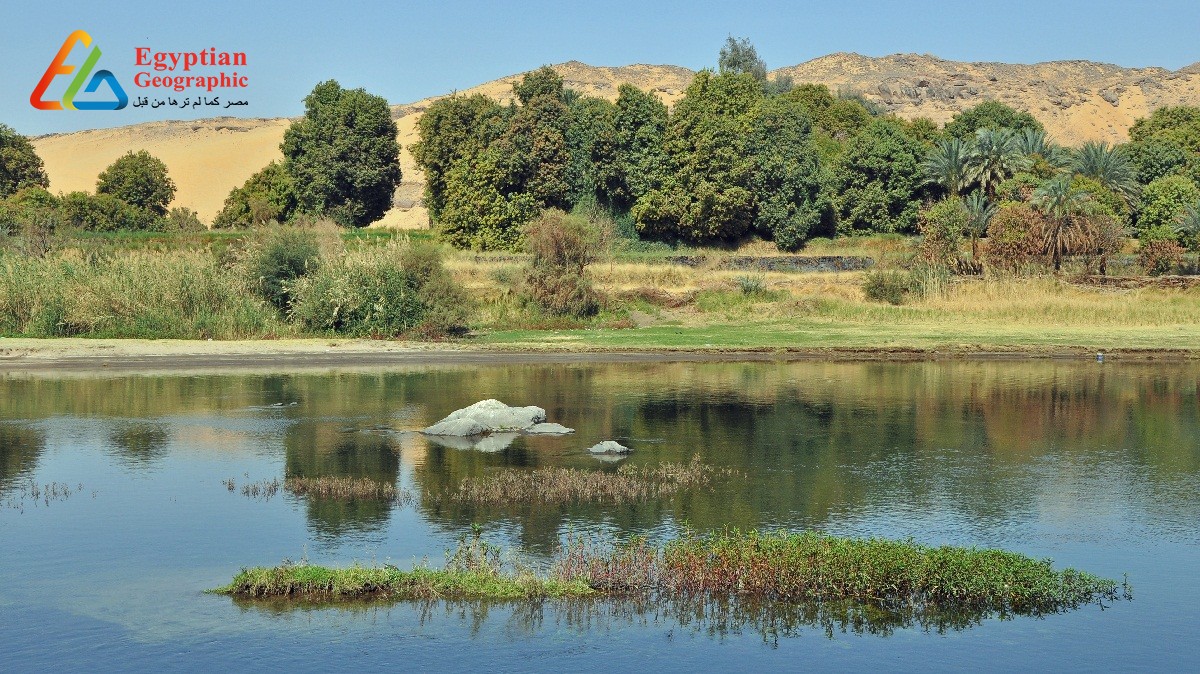
Egyptian Site & magazine